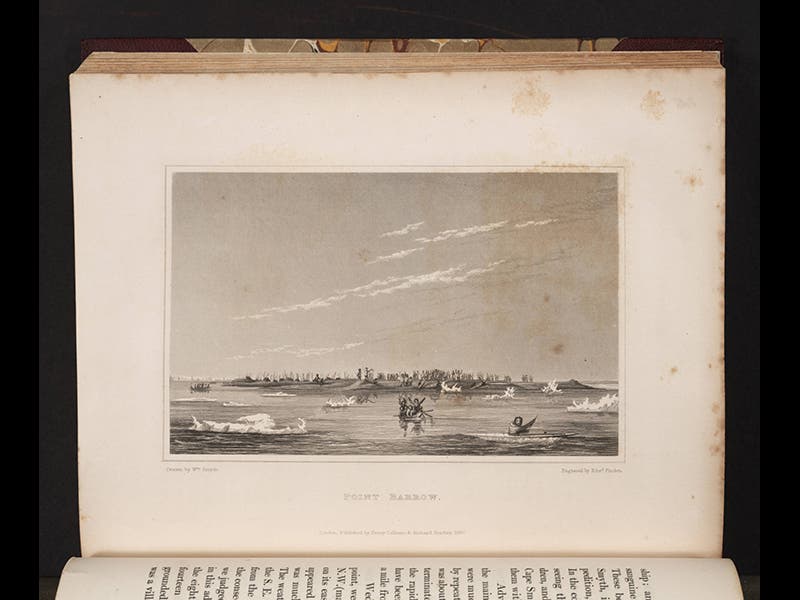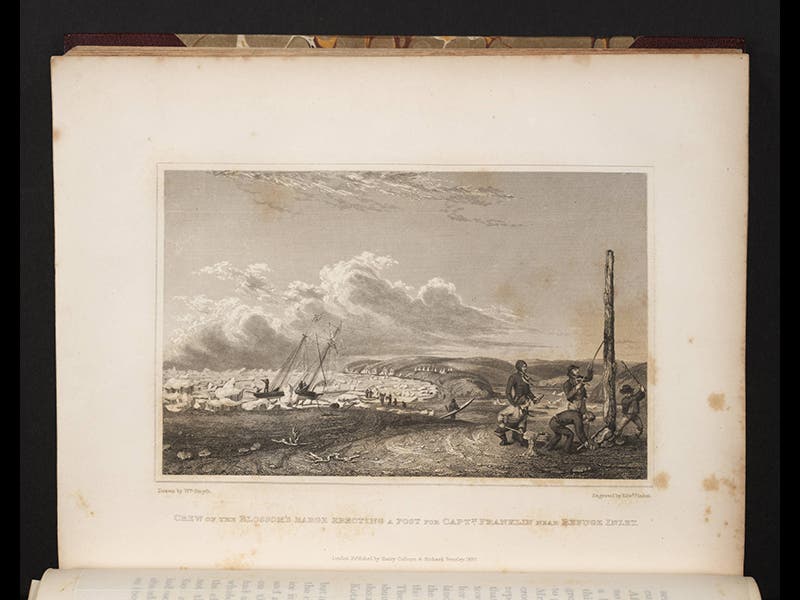Scientist of the Day - Frederick William Beechey
Frederick William Beechey, an officer in the British Royal Navy, was born Feb. 17, 1796. When the British Admiralty embarked on a campaign to discover a Northwest Passage across North America, Beechey was in from the beginning, sailing with John Franklin in 1818 and Edward Parry in 1819. In 1823, Franklin embarked on an overland journey up through Canada, following the Mackenzie River to the Arctic sea. He was then to go west toward the Bering Sea, and Beechey was sent out in command of HMS Blossom to around the horn to the Bering Sea and rendezvous with Franklin. The Blossom got all the way to Point Barrow (which Beechey discovered and named), but Franklin never made an appearance (he had to turn around when still a few hundred miles east of Point Barrow). Nevertheless, Beechey explored much of what is now the Alaskan coast and encountered the native Inupiat peoples. Beechey was one of many Royal Navy officers who were both scientifically and artistically trained, so he was able to illustrate his narrative with his own sketches, four of which you see above. The fourth image shows Beechey erecting a marker post to let Franklin know they had made it this far.
There is an oil portrait of Beechey in the National Portrait Gallery in London, by that indefatigable Arctic portraitist, Stephen Pearce (see last image above). We displayed Beechey's narrative in our 2008 exhibition, Ice: A Victorian Romance.
Dr. William B. Ashworth, Jr., Consultant for the History of Science, Linda Hall Library and Associate Professor, Department of History, University of Missouri-Kansas City











